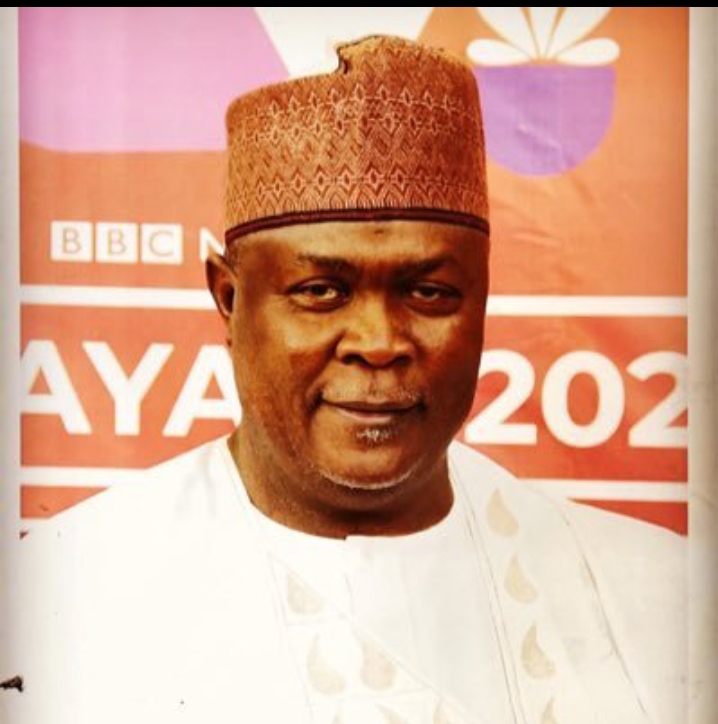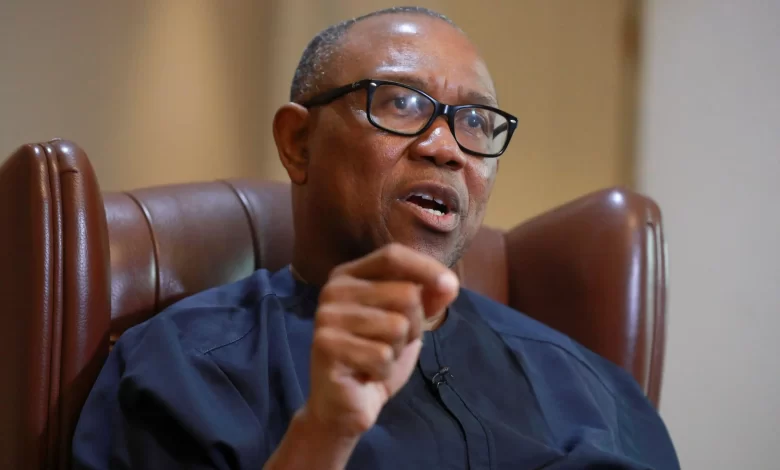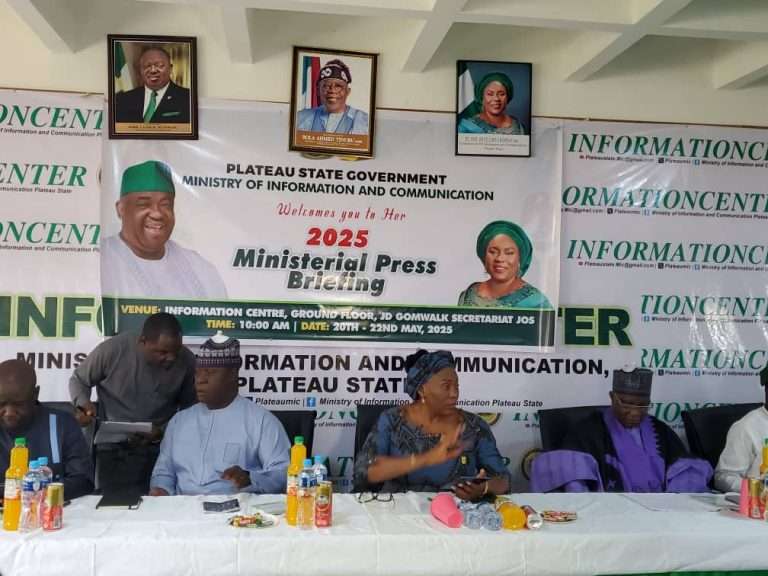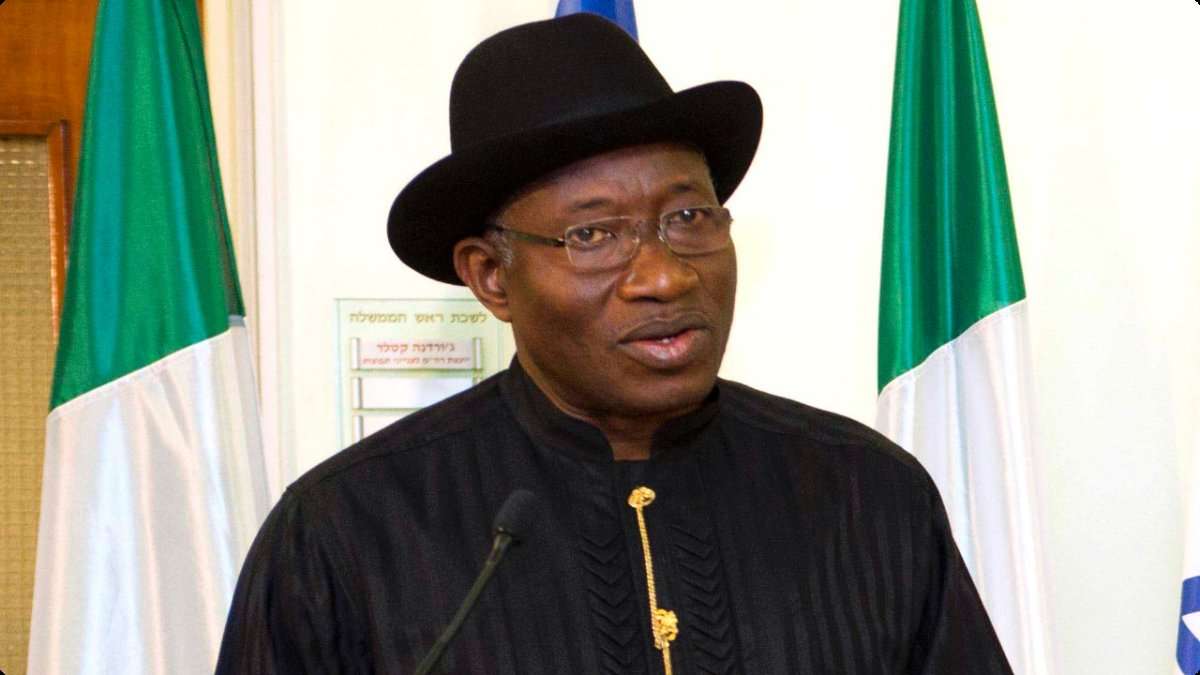A Northerner’s Perspective On Peter Obi’s Educational Transformation In Anambra State

OBI’S EDUCATIONAL REFORMS IN ANAMBRA STATE
By Honourable Umar Sani
Critics who accuse Mr. Peter Obi of not constructing new schools during his tenure as Governor of Anambra State fail to appreciate the extent of decay he inherited in both missionary and state-owned educational institutions. Upon assuming office in 2006, Obi met a school system in severe disrepair. His priority, therefore, was not to build new structures but to restore the existing ones to functionality.
While addressing the National Economic Council on infrastructural developments, Obi explained that his administration’s focus was to rehabilitate and upgrade schools rather than embark on new construction. He further outlined the innovative cost-effective methods he adopted for revitalization efforts. Typically, the Ministry of Education would prepare a cost estimate, after which the Tenders Board would advertise for competitive bids based on engineers’ evaluations. In parallel, Obi would engage the management of the schools, particularly missionary institutions, and request their own cost projections for the necessary repairs. Remarkably, he noted that their estimates often amounted to merely one-third or even less of the engineers’ or contractors’ submissions, allowing for more efficient resource allocation.
Between 2006 and 2014, Peter Obi’s administration made significant investments in Anambra’s educational sector, achieving remarkable improvements:
• Renovation and Equipping of Schools: Over 1,040 schools, both missionary and state-owned, were renovated and provided with modern facilities. Institutions such as Christ the King College, Onitsha; St. Kizito Girls’ Secondary School, Umudioka; and Loretto Special Science School, Adazi-Nnukwu, were notable beneficiaries.
• Technological Advancements: The government procured and distributed over 30,000 computers to secondary schools, including 22,500 units supplied by Hewlett-Packard (HP). Moreover, Microsoft Academies were established in more than 500 secondary schools, with internet connectivity provided to enhance digital learning.
• Transportation and Utilities: To support student mobility and welfare, the administration supplied over 700 buses to secondary schools and installed boreholes across the state to ensure access to clean water.
• Classroom Construction: New classrooms were constructed in all 177 communities across Anambra to accommodate the increasing student population.
These strategic interventions led to a dramatic improvement in educational outcomes. Anambra State, which had ranked 26th nationally in educational performance, rose to the first position in both NECO and WAEC examinations for three consecutive years under Obi’s leadership.
In summary, although Peter Obi did not prioritize the construction of entirely new schools, his administration’s emphasis on rehabilitating, equipping, and modernizing existing institutions significantly transformed Anambra State’s educational landscape, setting a benchmark for excellence across Nigeria.



